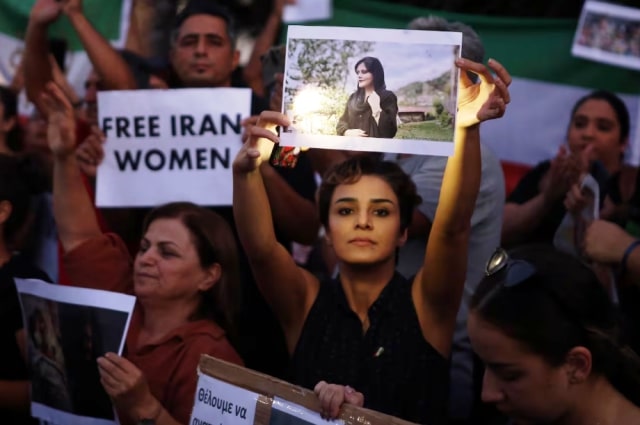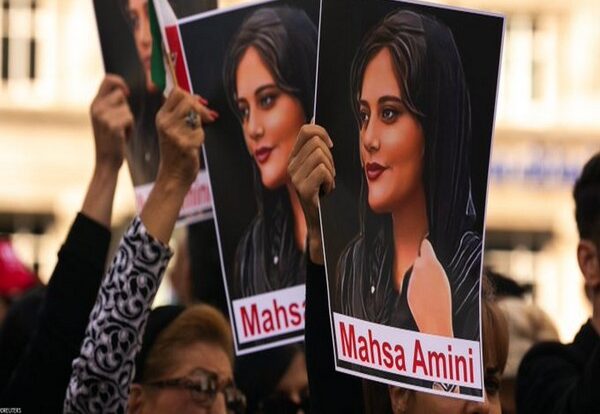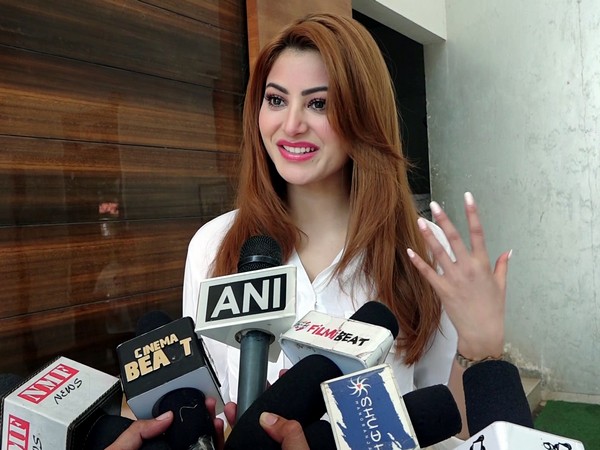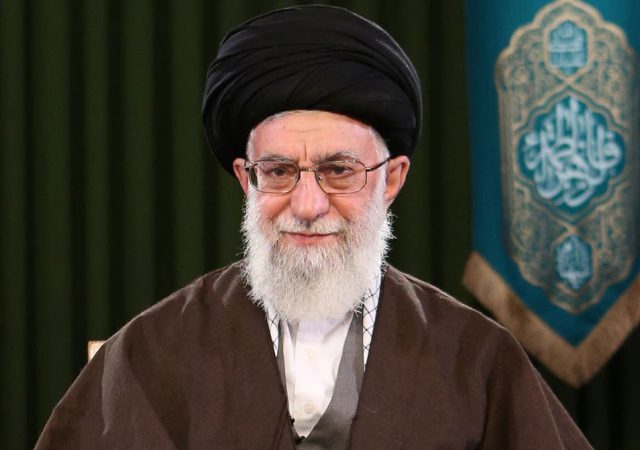To have a whole life, one must have the possibility of publicly shaping and expressing private worlds, dreams, thoughts and desires, of constantly having access to a dialogue between the public and private worlds. How else do we know that we have existed, felt, desired, hated, feared?
Reading Lolita in Tehran by Azar Nafisi
A young Kurd woman holding on to her dreams, thoughts, desires, aspirations. She is walking in a public space wearing a hijab, in Tehran, with her brother. The nasty Moral Police of Iran takes her into custody. Why? She is wearing the hijab “inappropriately”, they claimed. They beat her up so badly that she died.
Her name was Mahsa Amini. In a few days, and for a long time after that, and one year after her murder, she remains an iconic symbol of liberation not only in Iran, but all over the world. In her funeral, women mourners threw their veils into a deathly sky and cried in chorus. It has been ritualistic for women to get beaten up on the streets by the Moral Police.
It has become routine. The degradation and humiliation of women, even school girls. No wonder, girls in schools joined the protest movement like a moonshine tide in an ocean, and along with them joined boys, and men, and the elderly. This was a like a classical painting being made in the midst of raging storm, a cathartic opera in a graveyard, a sublime symphony floating on traffic crossings, reaching a crescendo each moment the women hit the streets.
Women burnt their hijabs as a public spectacle. They cut their hair in public squares as a valiant expression of defiance. They danced and sang around bonfires, holding hands with men and women, even as the armed security forces loomed in, ready to assault and kill.
“Don’t look at us! Why do you want to look at us?” they said. “Go, look somewhere else.”
More than 500 citizens, mostly women, have been killed in the last one year of protests, and 20,000 dissenters are rotting in prison. The hijab has become a death-veil of absolute, totalitarian, orthodox oppression.
On her death anniversary, the security forces warned Mahsa Amini’s father not to pay her tribute on this day. “Security forces detained Amjad Amini and returned him to his house after threatening him against marking his daughter’s death anniversary,” the Kurdistan Human Rights Network said. Amini’s parents said that they would hold a “traditional and religious anniversary ceremony” at their daughter’s grave despite government warnings, even while heavy security was posted in her home town of Saqqez in Iran’s western province of Kurdistan, and other towns and cities.
And, yet, several towns woke up in the morning to see defiant graffiti on their walls. The writing on the wall reminded of the magical May, 1968 slogan in Sorbonne during the great students’ and workers’ uprising in France: ‘Give Flowers to the Rebels who Failed’!
In other vantage points, flash mobs and spontaneous tributes were organized, hijabs and hair flying in the air. The same old song was sung in chorus which put the singer in prison and became a global hit in no time. Many women continue to refuse to wear the hijab in public spaces despite the fear of death and prison. Iran has not forgotten its wounds. They are still simmering like a volcano suppressed.
Mitra Hejazipour, one of the top chess players in Iran, had defied this anti-woman regime by removing her scarf in an international tournament. She was expelled from her team. Now, she lives in exile in France. Since then, as a French citizen, she has become a successful chess player here wining the French chess championships, while she is part of a team which has scored the third top spot in the world championships.
She told AFP on the first anniversary of Amini’s death that she cannot take her mind off from what is happening in her homeland, even as she finds herself caught between hope that protesters could actually achieve a breakthrough, and the constant fear of repression against them. “There are many reasons for people to push and protest against this regime, even if it costs them their lives or they are imprisoned,” she said. “I see the courage. I see that, in fact, they are suffocating. It’s about to explode. People don’t think too much about the consequences.”
Meanwhile, The Guardian of London spoke to 15 campaigners from Iran who have been systematically targeted in Germany, Sweden, France, Spain, Switzerland and UK. They were warned by the local police that there are threats to their life, even on European territory. They have been under surveillance, tracked, profiled and followed. Their accounts have been hacked, and thousands of death threats have been given to them, the newspaper reported.
“Two activists in different countries have had their car tyres slashed in the last year, which they suspect was done by Iranian agents. Several report having been followed home from meetings by suspicious men. …Among those targeted are Maryam Banihashemi, the face of the Iranian women’s movement in Switzerland, where she has lived since 2016. She has grown used to receiving death threats on social media after publicly calling for regime change in Iran. She believes she has been followed home after attending political events, twice in Zurich and again after a meeting with a Swiss MP in Parliament in Berne.”
The Guardian reported that Shadi Amin, an Iranian LGBTQ activist in Germany, was warned by the security services that she was under threat from hackers and agents. “The police came to her house to check the locks and bolts on the door, and spent weeks inspecting her digital devices, which she was later advised not to use due to the threat from Iran’s hackers. Last month, Germany’s domestic intelligence agency issued a public warning about ‘concrete spying attempts’ by an Iran-linked hacker group, Charming Kitten.”
Meanwhile, the flourishing industry of hate speech and hate politics, brazenly patronized by the Neo-Nazis in India, continued to spread its deadly fangs of venom, including inside Parliament. It takes the BJP 15 days to find out through a show-cause notice, what its eminent MP from South Delhi shouted inside the house, in the most vile and vicious language, for the world to hear.
ALSO READ: Women Wrestlers Grappling For Justice
It’s like the party is still looking the other way when it comes to a bahubali from UP who has been accused – with evidence – by several women wresters, including our world champion women wrestlers, who led a protracted, peaceful struggle for justice and who were beaten up brutally by the police on the streets of Delhi. That is, will the eminent MP meet the same illustrious fate, as the accused — Brij Bhushan Singh? Indeed, anything can happen during these ‘acche din’ whereby rapists, mass-murderers and mob-lynchers are garlanded and felicitated!
Remember the golden, spiritual discourse of Sadhvi Pragya, honourable BJP MP from Bhopal, earlier accused of violent terrorism and murder? Or, other miscellaneous stalwarts of the Sangh Parivar spewing vicious venom on the Muslims — here, there and everywhere? If this is not a Neo-Nazi narrative unleashed, what is it?
Meanwhile, in yet another hate crime directed against the Muslim community, a differently-abled young man was lynched to death, tied to an electric pole, his body wrapped in many shades of saffron by a mad mob of murderers. And this happened not in the remote hinterland of the Hindi heartland — it happened right inside Northeast Delhi, where the cops are controlled by the Union home ministry.
His crime? He was accused of stealing ‘prasad’ from a stall near a local temple.
Meanwhile, a Dalit girl in Ujjain district was raped and left on the streets, according to reports. Almost naked, in rags, bleeding profusely, she knocked on one door after another. No one gave her even a glass of water. Until a young Samaritan gave her shelter, clothes and food.
These two predictable incidents tell two stories. One, some things just refuse to change in this ‘new India’ where every door of a home opens into portraits of Gods and Goddesses. And, second, when it comes to Muslims and Dalits, justice is as far away as a full moon on a dark, diabolical night.





